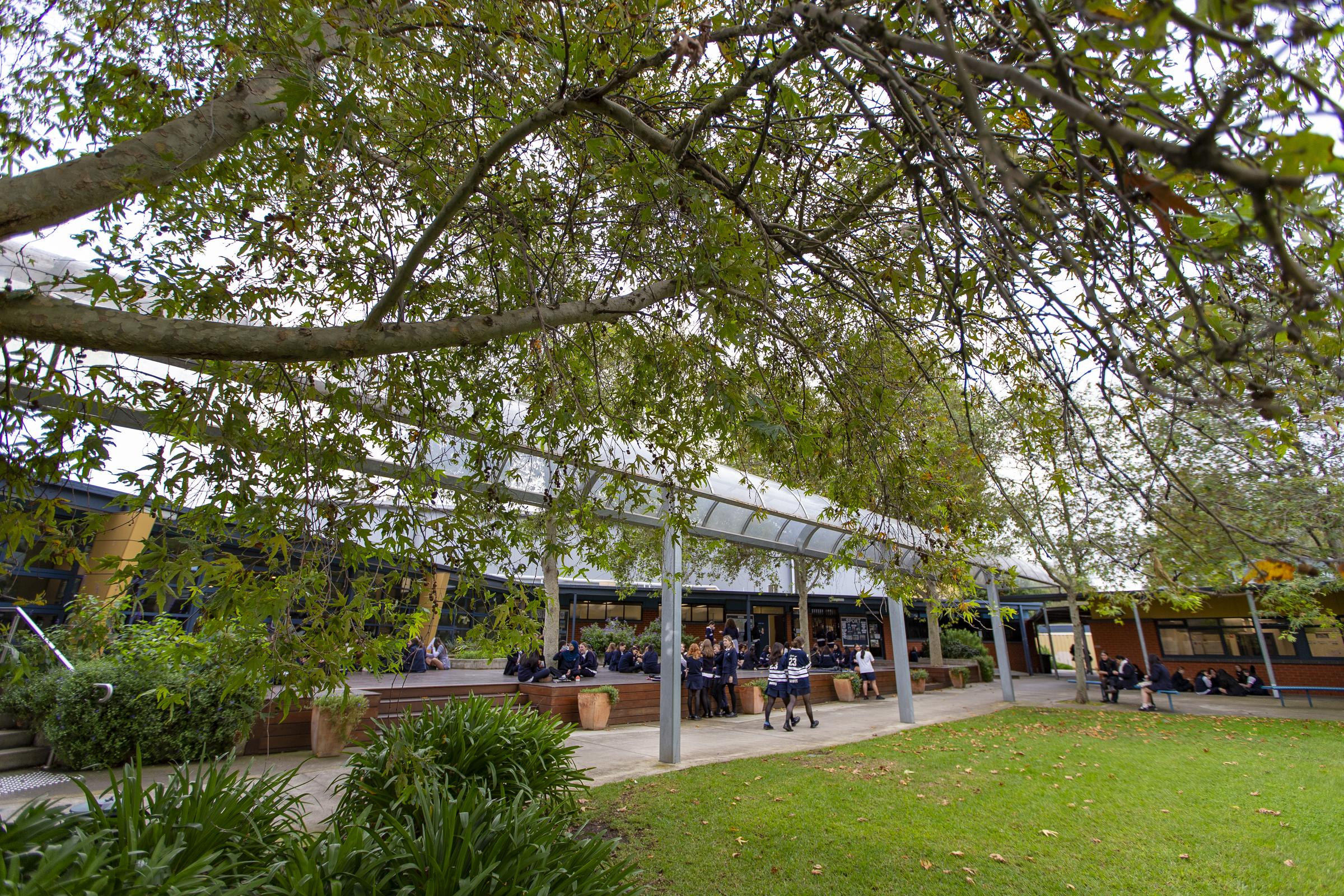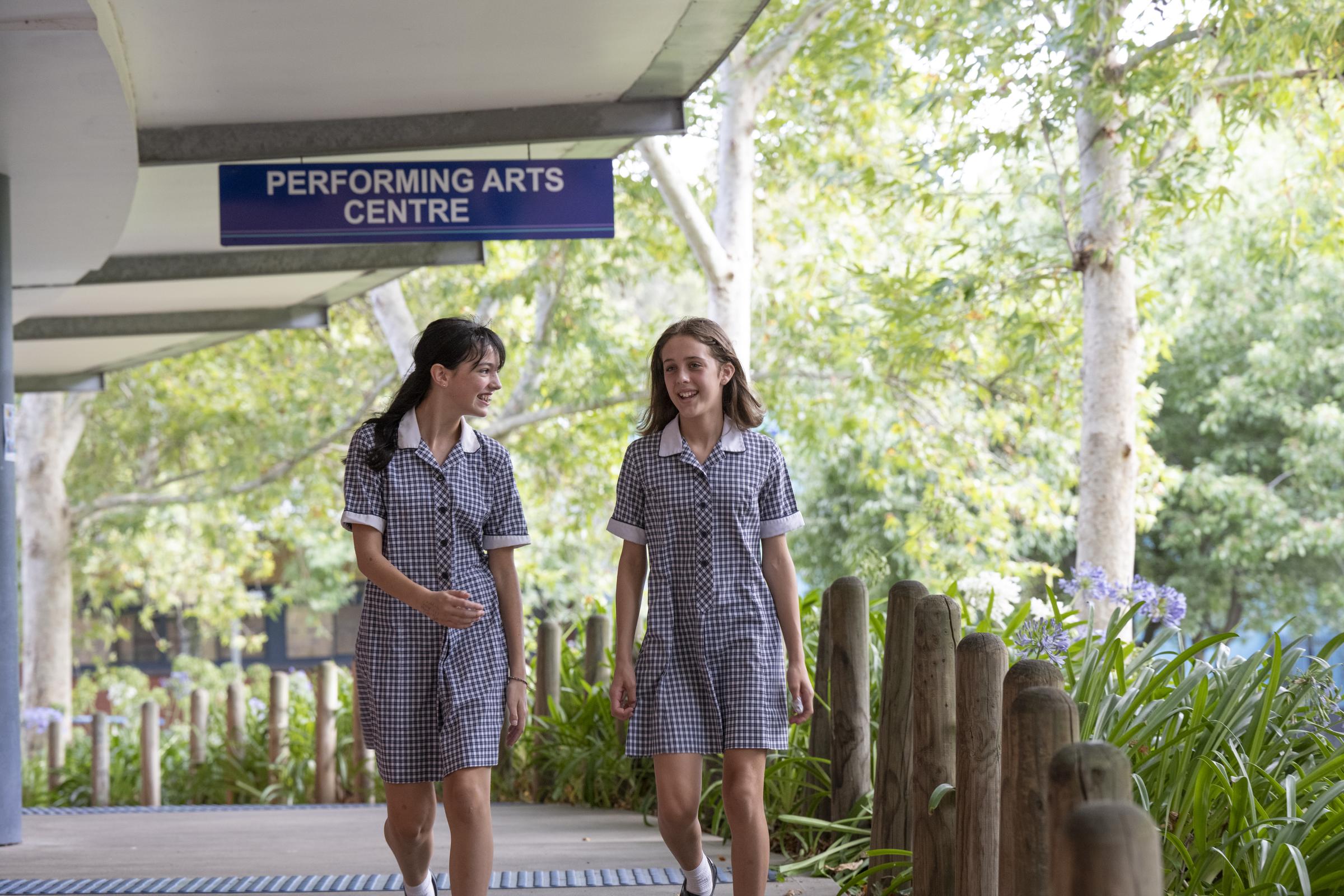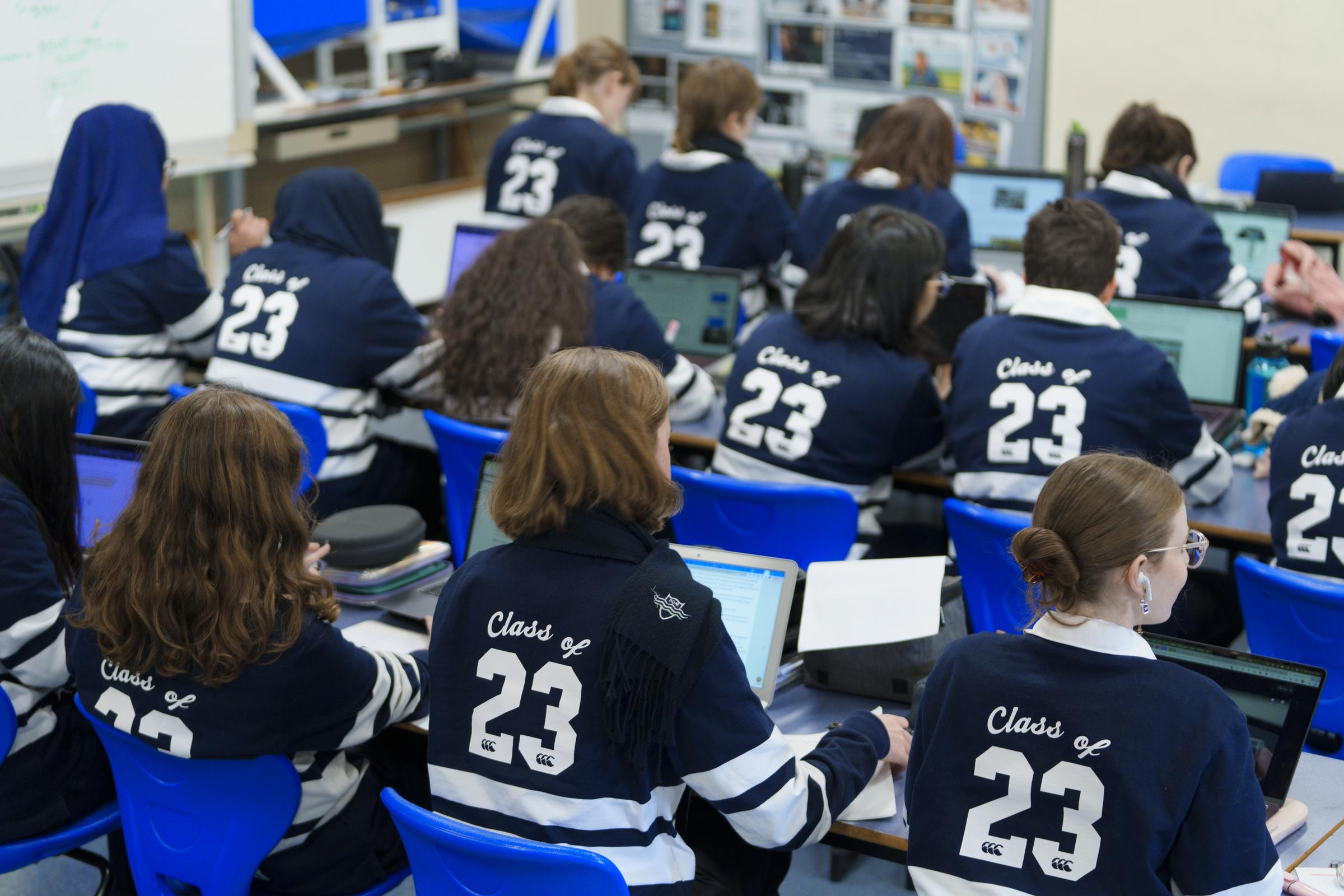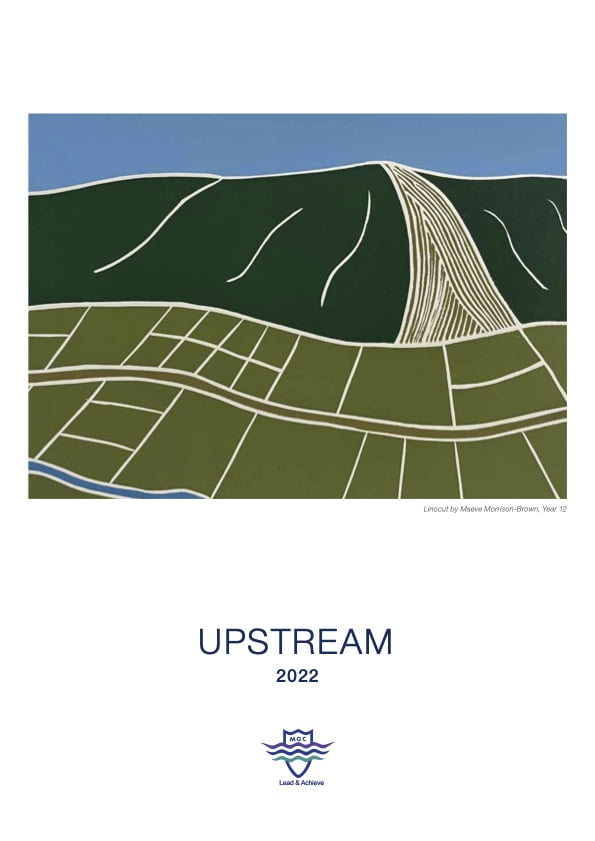Principal’s Welcome
Melbourne Girls’ College is a supportive and highly successful learning community. As a centre of excellence for all-girls education, our students are surrounded by high-achieving, outstanding female role-models who challenge stereotyping and firmly believe in the leadership capacity of young people.
As the Principal of Melbourne Girls’ College, I have an unwavering dedication to provide every opportunity for our students to experience their excellence in their chosen fields. I am motivated and excited to witness our students’ academic and personal growth, which is evident daily when students are confident and connected at school and in their local and wider communities.
Why Choose Melbourne girls' college
At Melbourne Girls’ College, students develop lifelong friendships and learn to become their best self; competent, confident, enthused by diversity, empowered and excited by possibilities.
MGC girls are at the centre of every aspect of the community. From the classroom to the sporting arena to leadership training, we design the programs for our girls. If they want to be a writer, lawyer, astronaut, artist, scientist, or diplomat, our students will know there is nothing to stand in their way.
CELEBRATING STUDENT SUCCESS
Melbourne Girls’ College cultivates a culture of personal excellence and is rightly proud of its reputation for outstanding academic and leadership achievements.
We value excellence in achievements and aspirations while always striving to give and be our best. We also believe that acknowledging and celebrating achievement builds student motivation and self-esteem, and contributes to our positive classroom and College culture.
Teaching & Learning
Melbourne Girls’ College is a leader in contemporary educational practice, firmly grounded in values of excellence, teamwork and diversity.
- Latest News
- Newsletters
- Upstream Magazine
- Events
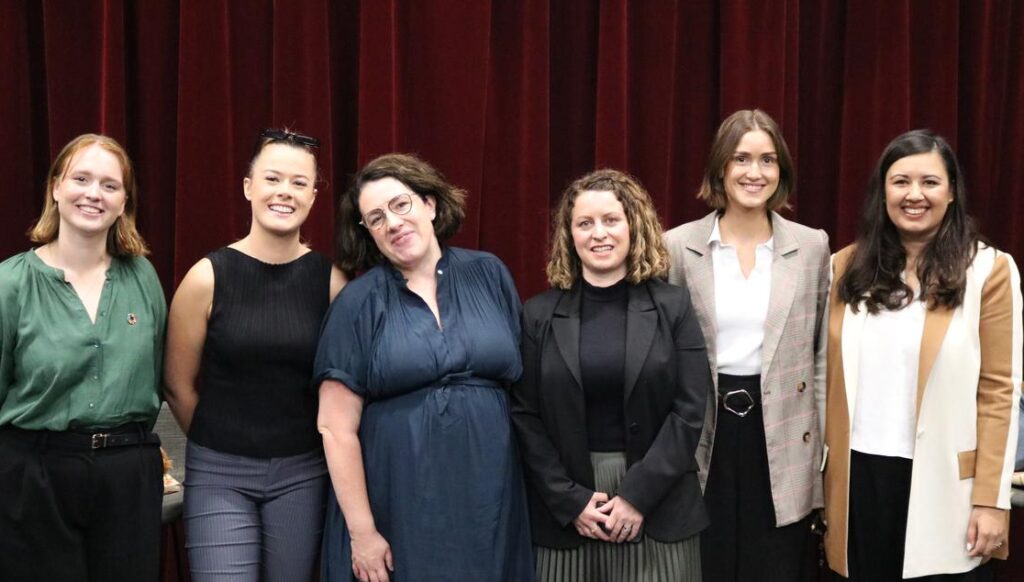

International Women’s Day Breakfast 2024
International Women’s Day Breakfast 2024
In celebration of the UN’s International Women’s Day “Count her in: Invest in women. Accelerate progress”, MGC students, families and staff were treated to hearing from six incredible MGC alumni


Pedal Cinema – Barbie
Pedal Cinema – Barbie
MGC is hosting its 13th annual event where guests are invited to literally power a film. Be-SPOKE designed pedal and rowing machine generators will allow film watchers to add
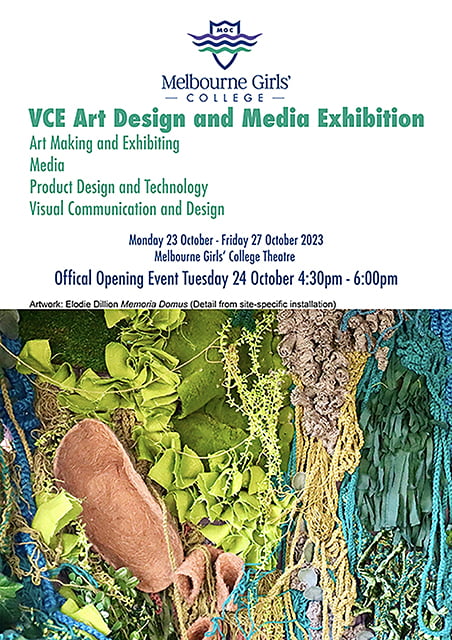

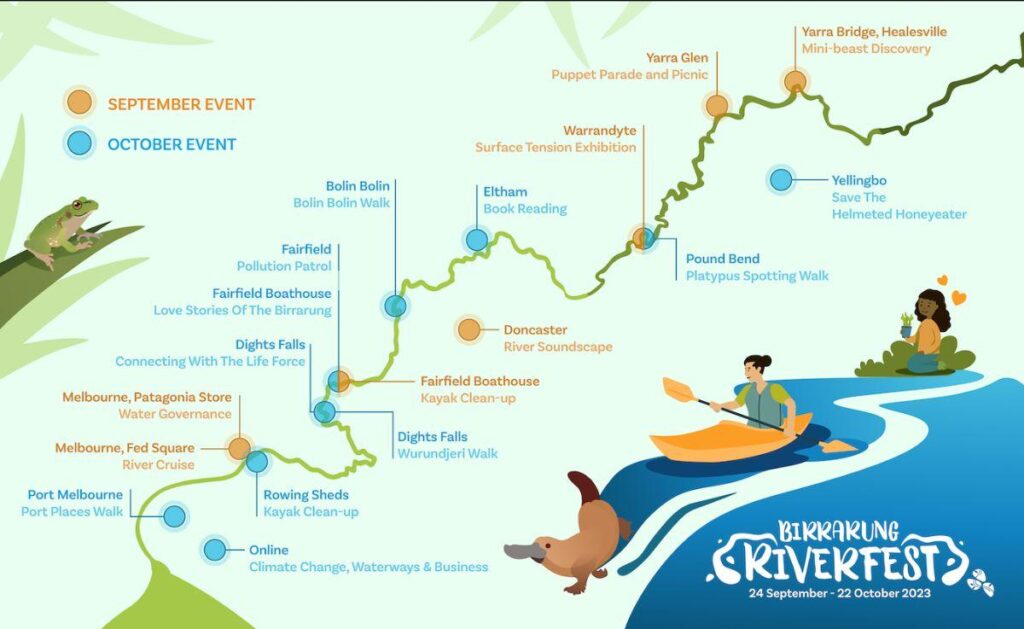

Birrarung Riverfest
Birrarung Riverfest
Celebrate the life force of the Birrarung River at the inaugural Birrarung Riverfest! The Birrarung Riverfest is a month-long community celebration of our beautiful and resilient river starting on 24

